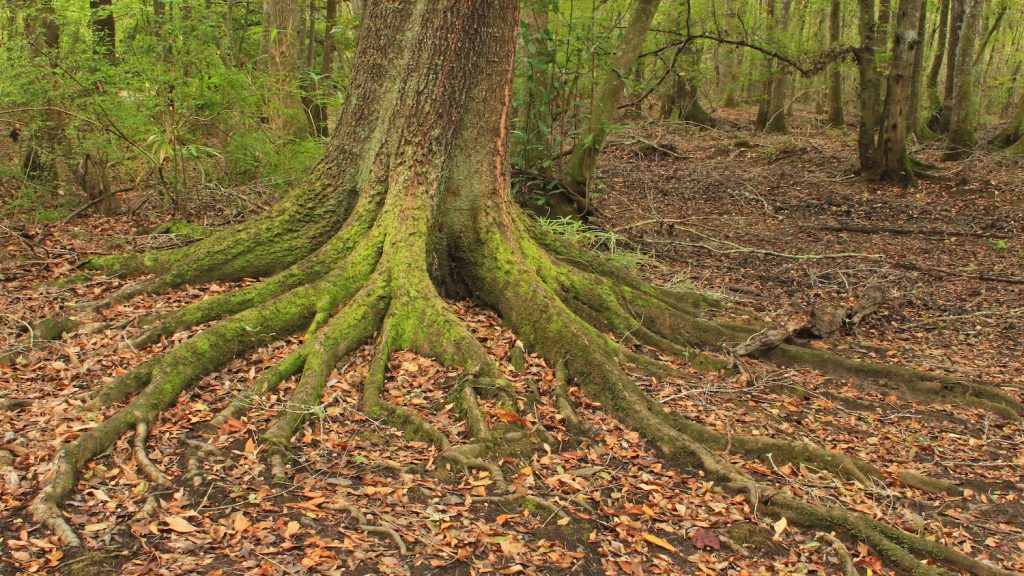Turning the Science of Connectivity into Action: Finding Model Consistency and Identifying Priority Habitats for Conservation

Principal Investigator: Nick Haddad, Department of Applied Ecology, NC State University
Project Completion: June 2017. This project has now been completed.
Implements Science Plan Theme: 1, 2, and 4
Overview
Climate change is already affecting biodiversity, in particular shifting the ranges of species as they move to cooler places. One problem for wildlife as their ranges shift is that their path is often impeded by habitat fragmentation. Because of this, the most common recommended strategy to protect wildlife as climate changes is to connect their habitats, providing them safe passage. In partnership with South Atlantic LCC members, we previously assessed current and projected connectivity for three species (black bear [Ursus americanus], Rafinesque’s big-eared bat [Corynorhinus rafinesquii], timber rattlesnake [Crotalus horridus]) that inhabit bottomland hardwoods throughout the southeastern US. We observed large variation in connectivity across geographical areas, time periods, and species. These results raised new questions about which connections are most important for management actions.
In this project, we extended our previous research through four different techniques that provide a more detailed analysis of connectivity in the region. We found low overlap between our connectivity maps and other related connectivity maps, and we generated additional detailed connectivity maps that provide suggestions for how to manage for the three focal species in the present compared to future conditions under climate change and urbanization. We also identified key core habitats and links in longleaf pine habitat, and generated a practical application for assessing the tradeoff between preserving connectivity and working within a limited budget. Our results allow managers and other stakeholders to make realistic decisions about key areas of connectivity in the southeastern US, and to more effectively conserve them in the face of challenges such as changing climate and limited resources.
